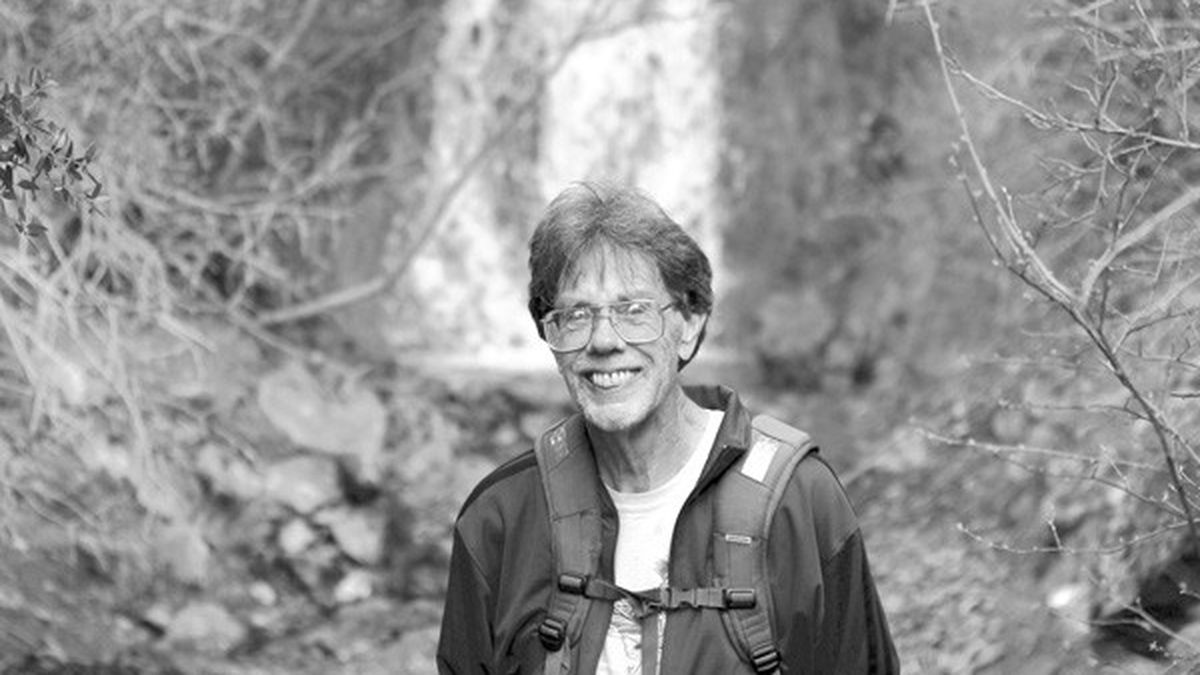Flourishing near rivers, its spiky leaves smelling faintly sweet, California mugwort — Artemisia douglasiana — is much stronger than its better-known European cousin, Artemisia vulgaris, which medieval herbalists called wormwood and prescribed as an energizer and insect repellent. Native Americans used the Californian variety to treat headaches, bronchitis, and colic.
It’s among the dozens of medicinal plants that are native to our state: Others include feathery-leafed yarrow, traditionally used to stanch bleeding; black-berried elk clover, used to suppress coughs; and starburst-flowered baneberry, used to treat menstrual cramps.
Herbal medicine is hugely popular again — so much so that high demand has driven some plant communities to the brink of extinction. An ethical and practical dilemma looms: If these plants help our lives, how can we avoid killing them off?
By growing our own, says botanist Glenn Keator, who with Blue Wind Botanical Medicine Clinic founder Tellur Fenner will lead an all-day workshop on propagating, cultivating, and preparing California medicinal plants at a private home (1455 Catherine Dr., Berkeley) on Sunday, November 28.
“Take the buckeye, for example. It’s super-easy to grow from seed,” said Alameda native Keator, who earned his Ph.D in botany from UC Berkeley and teaches at Merritt College, the Streibing Arboretum, and the Tilden Park botanic garden.
“You can gather its seeds in the wild,” he said. “There’s always a great abundance of them. Plant them directly in moist soil, where they very quickly grow roots. They like a little bit of a slope and quite a bit of sunshine. The first rain usually gets them established, and once they’re established, they don’t need any summer watering.” Growing to thirty feet high and suitable for hedges, “it’s a beautiful addition to a garden.”
And useful, too, depending on your needs. The Pomo, Miwok, and other tribes used the nuts of the local buckeye (Aesculus Californica) for food after leaching out their toxins. The nuts were also used as suppositories to treat hemorrhoids. Buckeye bark served as a snakebite poultice.
Early Spanish settlers and pioneers used California’s medicinal plants as well, Keator said, “but the records are really fragmentary. No one thought to interview the Indians about this — and even if they had, how much would the Indians have said? If you were being asked questions about your medicine by hostile people, would you really want to reveal everything you knew?”
The workshop will cover a wide variety of natives, including angelica, cow parsnip, blue elderberry, wild lilac, wild licorice, yerba santa, stinging nettle, California poppy, and fremontia.
“The drugs we buy at drugstores are very concentrated and faster-acting” than the plants from which most of them were derived, Keator noted. “But some of these drugs have very serious side effects that medicinal plants don’t have.”
Modern drugs are lifesavers, “but some of Western medicine is wrongheaded.” Modern and traditional medicine “should be brought together as a body of knowledge,” he said. “They shouldn’t be kept separate anymore.” 10 a.m.-4 p.m., $55. BlueWindBMC.com











